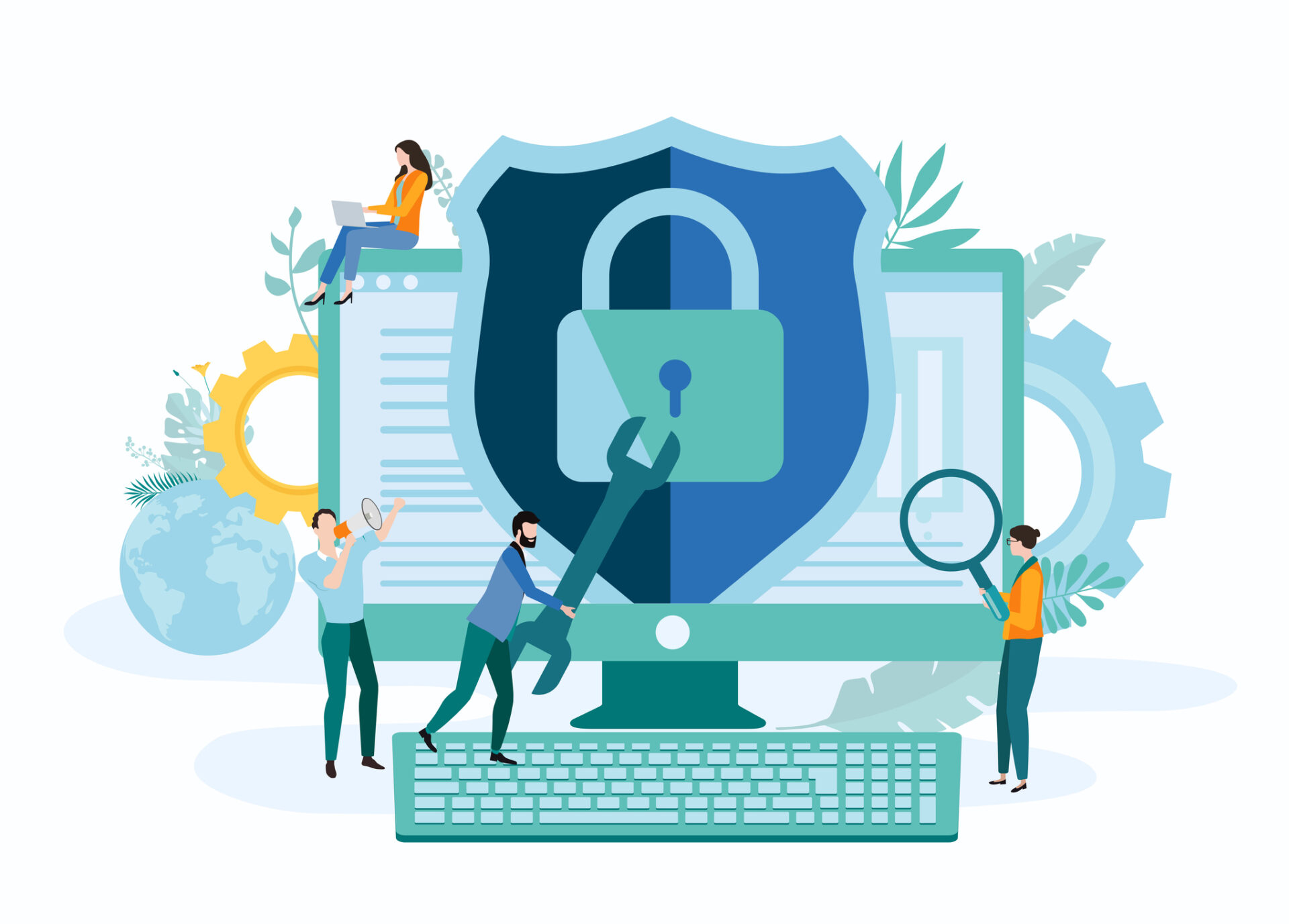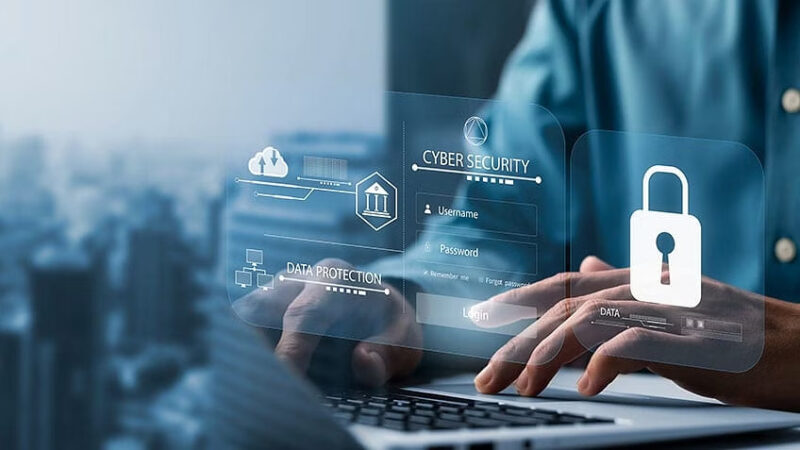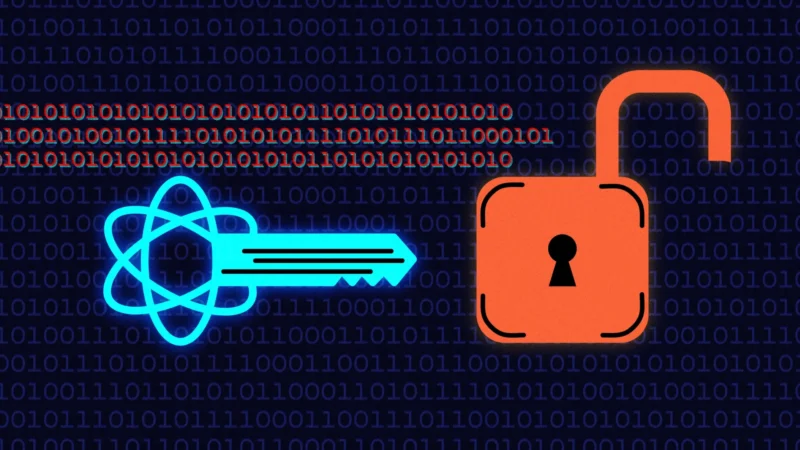
Table of Contents
In the ever-expanding digital landscape of 2024, where innovation and connectivity thrive, businesses find themselves at the forefront of a relentless battle against cyber threats. As the tactics of malicious actors evolve, so must the cybersecurity measures employed by organizations. What are the crucial features that will define cybersecurity in 2024, and how can businesses fortify their digital defenses to stay one step ahead of cyber adversaries? Join us as we unravel the top three cybersecurity features businesses need to adopt in the coming year, securing not only their data but also their future in the interconnected world.

source
AI-Driven Threat Detection: The Sentinel in the Digital Shadows
In the dynamic realm of cyber threats, where speed and sophistication are paramount, businesses need a digital sentinel that can match the prowess of their adversaries. Artificial Intelligence (AI)-driven threat detection emerges as the first line of defense in 2024, equipped with the ability to analyze vast amounts of data in real-time and identify anomalous patterns that may indicate a cyber threat.
Imagine an intelligent guardian tirelessly patrolling the digital landscape, learning from each interaction and evolving to recognize emerging threats. AI-driven threat detection doesn't just respond to known risks; it anticipates and adapts to new and evolving cyber threats, offering businesses a proactive defense against the ever-changing tactics of cybercriminals.
As we navigate the digital age, where cyber threats are as diverse as they are dynamic, the integration of AI-driven threat detection is not just a cybersecurity feature – it's a strategic imperative for businesses aiming to safeguard their digital assets and maintain a resilient security posture.

Related Article: Top 7 Healthcare Technologies for Mental Wellness in 2024
Zero Trust Architecture: Shifting Paradigms in Digital Trust
The traditional notion of a secure perimeter is becoming obsolete in the face of sophisticated cyber threats. In 2024, businesses need to embrace a paradigm shift in their approach to cybersecurity, and Zero Trust Architecture stands as the cornerstone of this transformation.
Zero Trust Architecture operates on the premise that trust is never assumed, regardless of whether a user is inside or outside the corporate network. Every user, device, and application is treated as potentially untrusted, requiring verification before granting access. This approach minimizes the potential impact of a security breach by limiting lateral movement within the network.
Picture a digital fortress where access is granted on a need-to-know basis, and each user must prove their identity and authorization continually. It's a departure from the traditional castle-and-moat security model, reflecting the reality of a world where cyber threats can originate from within and outside the organization.
As businesses increasingly adopt remote work models and cloud-based infrastructures, the implementation of Zero Trust Architecture becomes pivotal. It's not just about protecting the perimeter; it's about securing every individual component of the digital ecosystem, fostering a culture of continuous verification and trust elevation.
Quantum-Safe Encryption: Anticipating the Post-Quantum Era
The advent of quantum computing heralds a new era in computing power, threatening the traditional encryption methods that underpin the security of digital communication. In 2024, businesses need to look beyond the present and prepare for the post-quantum era by adopting quantum-safe encryption.
Quantum computers have the potential to crack widely-used encryption algorithms, rendering current security measures obsolete. Quantum-safe encryption, also known as post-quantum cryptography, employs algorithms that remain secure even in the face of quantum computing advancements.
Envision a world where sensitive data, communications, and transactions are shielded from the computational might of quantum adversaries. Quantum-safe encryption ensures the confidentiality and integrity of data in an era where quantum computers pose a tangible threat to conventional cryptographic methods.
As businesses strive to secure their digital communications and protect sensitive information, integrating quantum-safe encryption into their cybersecurity framework is a forward-thinking investment. It's not just about reacting to current threats; it's about anticipating the technological shifts that will define the future of cybersecurity.

source
Conclusion: Building Cyber Resilience for the Digital Future
As businesses navigate the intricate digital landscape of 2024, the imperative to fortify cybersecurity measures has never been more critical. AI-driven threat detection, Zero Trust Architecture, and Quantum-Safe Encryption emerge as the triad of essential features that businesses need to adopt to ensure not only their survival but their success in the interconnected world.
The evolving nature of cyber threats demands a proactive and strategic approach to cybersecurity. AI-driven threat detection provides the agility and intelligence required to stay ahead of adversaries, while Zero Trust Architecture transforms the traditional security model to adapt to the realities of a digital age where the perimeter is fluid.
Looking beyond the present, Quantum-Safe Encryption anticipates the challenges posed by quantum computing, ensuring that businesses are not caught off guard by the rapid advancements in technology. It's not merely about defending against current threats but about building cyber resilience that can withstand the tests of time and technological evolution.
In the pursuit of a secure digital future, businesses must recognize that cybersecurity is not a one-size-fits-all endeavor. The integration of AI-driven threat detection, Zero Trust Architecture, and Quantum-Safe Encryption represents a comprehensive and adaptive cybersecurity strategy that aligns with the dynamic nature of the cyber landscape.
As the guardians of their digital realms, businesses have the responsibility to embrace these cybersecurity features, not just as defensive measures but as enablers of innovation, trust, and a future where the digital landscape is not a battleground but a space of connectivity, resilience, and progress.